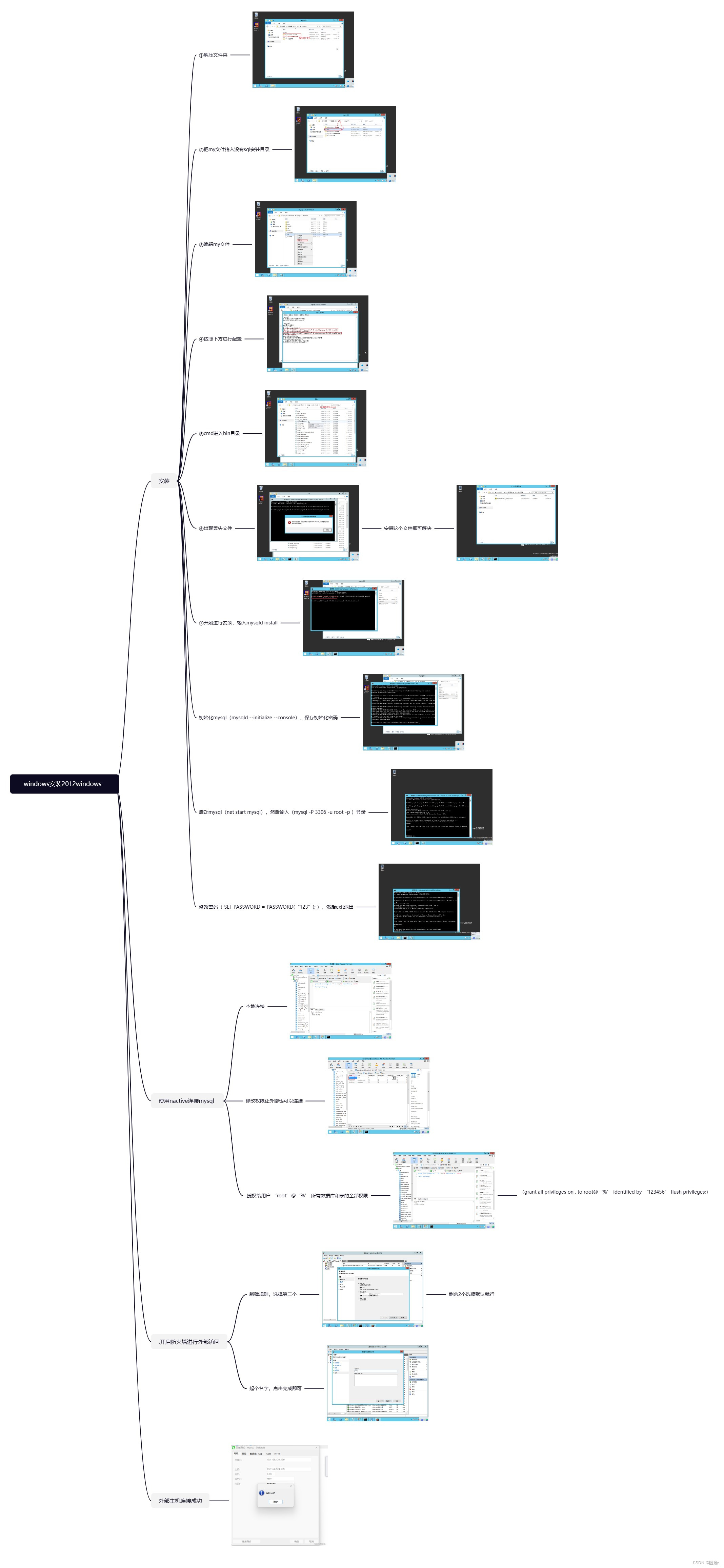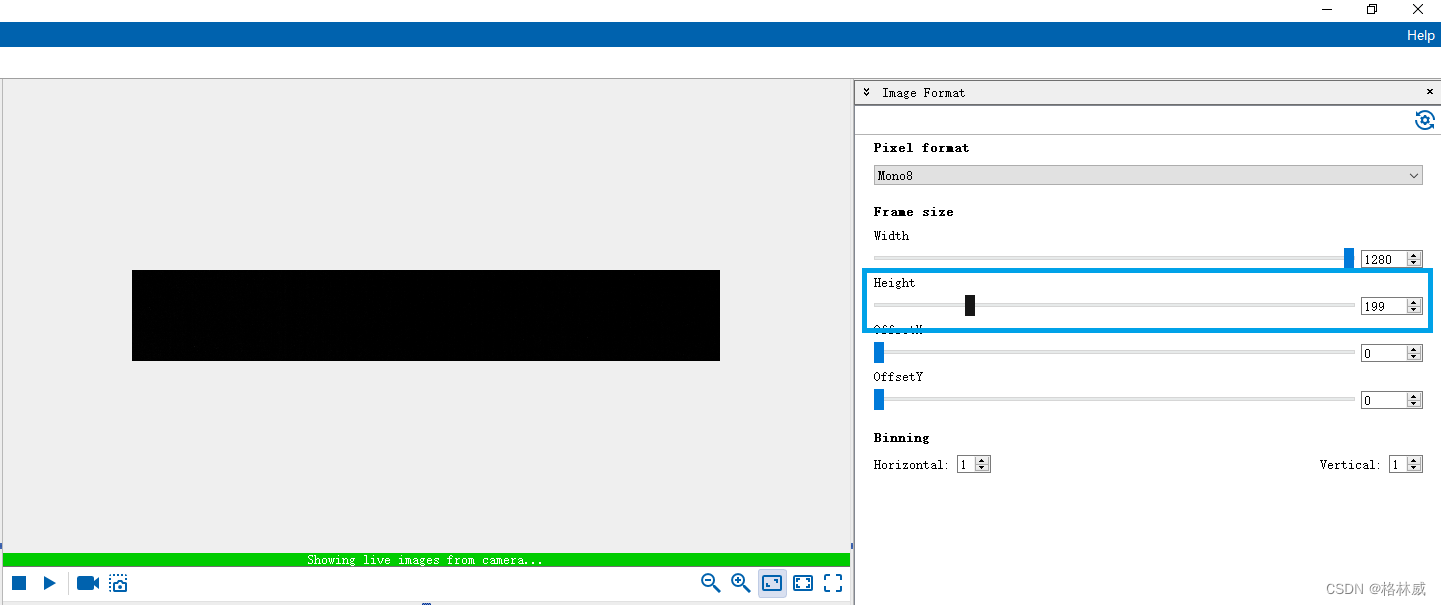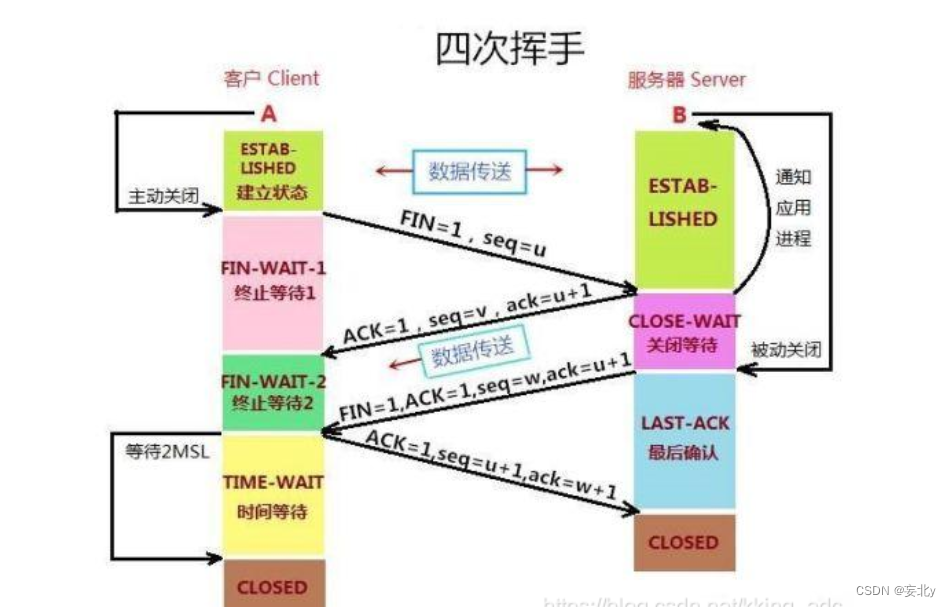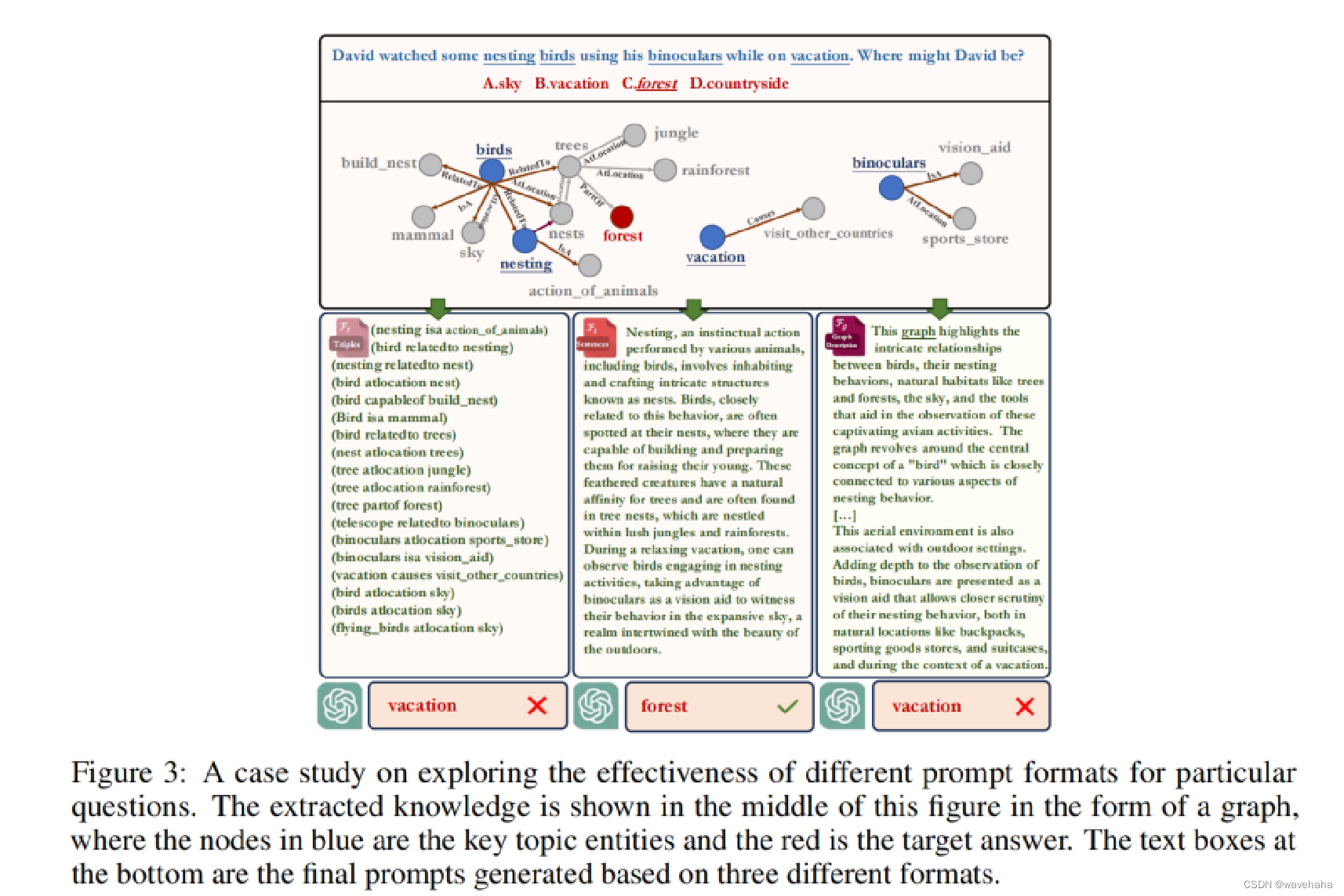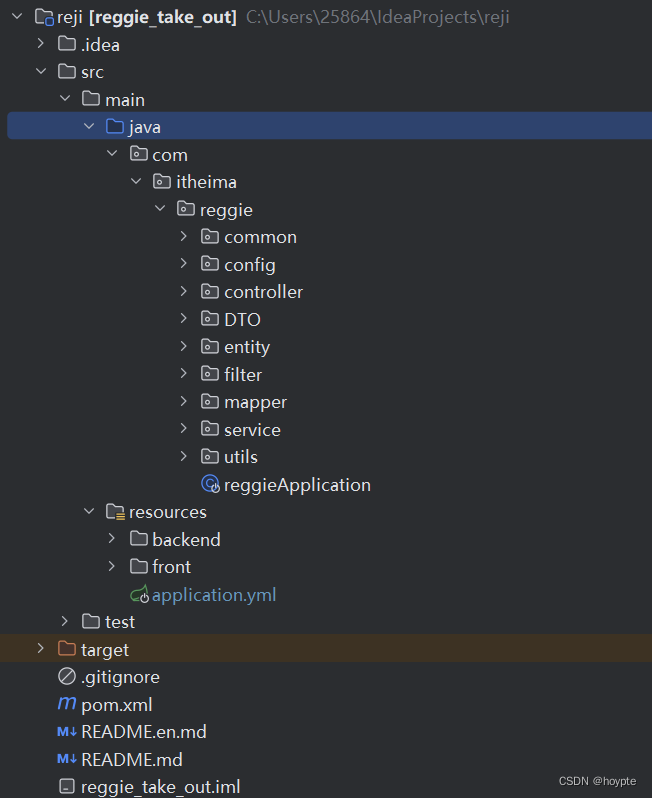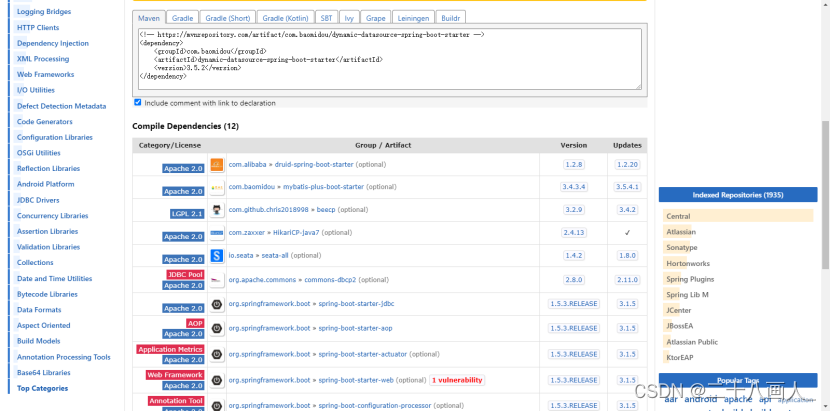一、Geometry常用对象

二、主要类
1、ReadOnlyPartCollection:Polyline 和 Polygon 使用的 ReadOnlySegmentCollection 部件的只读集合,属性成员:
| 名字 | 描述 |
| Count | 获取 ICollection 中包含的元素数。 |
| TIEM | 获取位于指定索引处的元素。 |
| SpatialReference | 获取或设置用于此只读部件集合的 SpatialReference |
方法: GetEnumerator 返回循环访问集合的枚举器。
2、ReadOnlyPointCollection 返回Geometry所有点(拐点或顶点)的MapPoints 的只读集合,属性成员:
| 名字 | 描述 |
| Count | 获取 ICollection 中包含的元素数。 |
| TIEM | 获取位于指定索引处的元素。 |
| SpatialReference | 获取或设置用于此只读部件集合的 SpatialReference |
方法:
| 名字 | 描述 |
| Copy2DCoordinatesToList | 重载。 |
| Copy3DCoordinatesToList | 重载。 |
| CopyPointsToList | 将此列表中的 MapPoint 复制到给定的 MapPoint 列表中。 |
| GetEnumerator | 返回循环访问集合的枚举器。 |
三、ReadOnlySegmentCollection :Segment 类的只读集合。,属性成员:
| 名字 | 描述 |
| Count | 获取 ICollection 中包含的元素数。 |
| TIEM | 获取位于指定索引处的元素。 |
| SpatialReference | 获取或设置用于此只读部件集合的 SpatialReference |
方法:GetEnumerator 返回循环访问集合的枚举器
四、GetEnumerator 方法:返回循环访问集合的枚举器
例如:
1、枚举数据段以获得长度
Dim polylineParts As ReadOnlyPartCollection = Polyline.Parts'枚举数据段以获得长度Dim Len As Double = 0Dim lsegments As IEnumerator(Of ReadOnlySegmentCollection) = polylineParts.GetEnumerator()While lsegments.MoveNext()Dim seg As ReadOnlySegmentCollection = lsegments.CurrentFor Each s As Segment In segLen += s.Length'类型执行一些特定的操作 Select Case s.SegmentTypeCase SegmentType.LineMsgBox("SegmentType.SegmentType.Line")Case SegmentType.BezierMsgBox("SegmentType.SegmentType.Bezier")Case SegmentType.EllipticArcMsgBox("SegmentType.SegmentType.EllipticArc")End SelectNextEnd While2、ReadOnlyPointCollection示例
Dim segments As IEnumerator(Of MapPoint)
Dim parts As ReadOnlySegmentCollection
Dim x As Double
Dim y As Double
segments = polygon1.Points.GetEnumerator
'获取图形所有顶点坐标
Dim ppts As ReadOnlyPointCollection = polygon1.Points
'坐标总数
Dim ppts_Count As long=ppts.Count
'坐标访问
For i = 0 To ppts_Count - 1x = ppts.item(i).Xy = ppts.item(i).Y
Next Dim enumPts As IEnumerator(Of MapPoint) = polygon1.Points.GetEnumerator()Dim coordinates As IReadOnlyList(Of Coordinate2D) = polygon1.Copy2DCoordinatesToList()
Dim coordinate2Ds As IList(Of Coordinate2D) = New List(Of Coordinate2D)(10)
Dim subsetCoordinates2D As ICollection(Of Coordinate2D) = coordinate2Ds'获取PPTS点集中从ID1开始,取10个坐标点,ID1是从0开始
ppts.Copy2DCoordinatesToList(ID1, 10, subsetCoordinates2D)
'subsetCoordinates2D坐标访问
For i = 0 To subsetCoordinates2D.Count - 1pv_x(i) = subsetCoordinates2D(i).Xpv_y(i) = subsetCoordinates2D(i).Y
Next3、获取多边形外环坐标
'获取
ppv = poly.Points
Dim parts As ReadOnlyPartCollection = poly.Parts
dbx_zds = parts.First.Count()
dbx_zds = parts.First.Count() '不包含闭合点
Dim coordinate2Ds As IList(Of Coordinate2D) = New List(Of Coordinate2D)
Dim subsetCoordinates2D As ICollection(Of Coordinate2D) = coordinate2Ds
ppv.Copy2DCoordinatesToList(0, dbx_zds + 1, subsetCoordinates2D) '坐标起点序号,从0开始,共dbx_zds + 1点,含多边形闭合点
’获取的坐标在subsetCoordinates2DIList(Of Coordinate2D)五、GeometryBag :是 Geometry 对象的异构集合,成员如下:
| 名字 | 描述 |
| Dimension | 获取几何图形的尺寸。 (继承自 ArcGIS.Core.Geometry.Geometry) |
| Extent | 重写。 获取此实例的最小封闭信封。 |
| Geometries | 获取此 GeometryBag 中的几何图形列表。 |
| GeometryType | 重写。获取几何类型。始终返回 GeometryType.GeometryBag。 |
| HasID | 获取一个值,该值指示几何图形是否具有 ID。 (继承自 ArcGIS.Core.Geometry.Geometry) |
| HasM | 获取一个值,该值指示几何图形是否具有 M。 (继承自 ArcGIS.Core.Geometry.Geometry) |
| HasZ | 获取一个值,该值指示几何图形是否具有 Z。 (继承自 ArcGIS.Core.Geometry.Geometry) |
| IsEmpty | 重写。 获取一个值,该值指示此实例是否为空。 |
| IsKnownSimple | 指示根据数据库中存储的几何类型,此几何图形是否已知拓扑一致。 (继承自 ArcGIS.Core.Geometry.Geometry) |
| IsKnownSimpleOgc | 指示根据开放地理空间联盟 (OGC) 验证规范,此几何是否已知在 拓扑上是一致的。 (继承自 ArcGIS.Core.Geometry.Geometry) |
| Length | 获取此几何图形的长度 (继承自 ArcGIS.Core.Geometry.Geometry) |
| PartCount | 获取此实例中的零件(几何图形)数。 |
| PointCount | 重写。 获取此实例的所有部件中所有点的计数。 |
| SpatialReference | 获取此实例的空间参考。(继承自 ArcGIS.Core.Geometry.Geometry) |
方法:
| 名字 | 描述 |
| Clone | 克隆此几何实例。由于几何对象是不可变的,因此永远不会更改, 因此返回的克隆将是此对象,而不是 这个实例。 (继承自 ArcGIS.Core.Geometry.Geometry) |
| IsEqual | 重载。 |
| ToEsriShape | 重载。重写。 |
| ToJson | 将此几何实例序列化为 ArcGIS JSON 几何制图表达。 (继承自 ArcGIS.Core.Geometry.Geometry) |
| ToXml | 将此几何实例序列化为 ArcGIS XML 几何制图表达。 (继承自 ArcGIS.Core.Geometry.Geometry) |
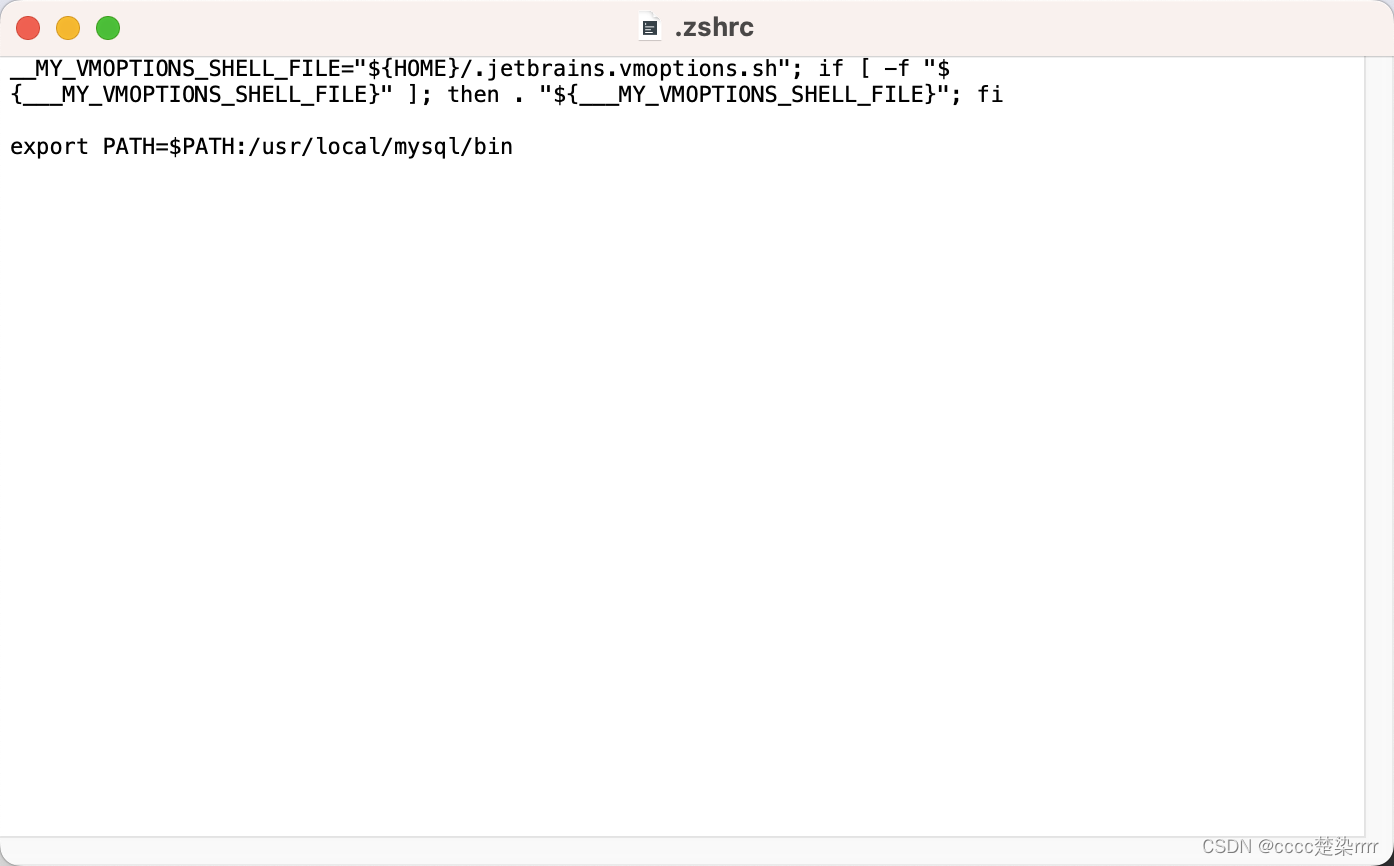

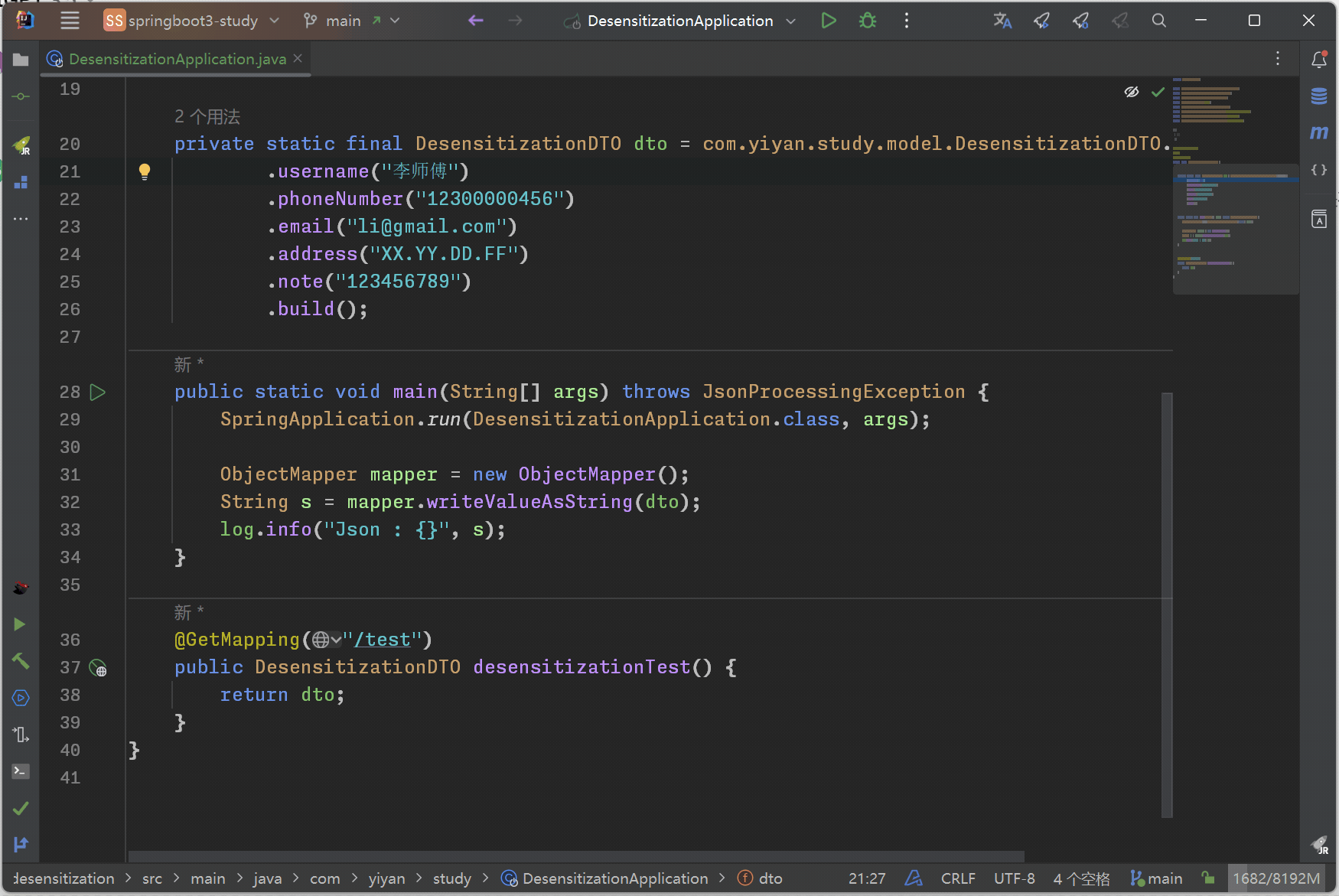
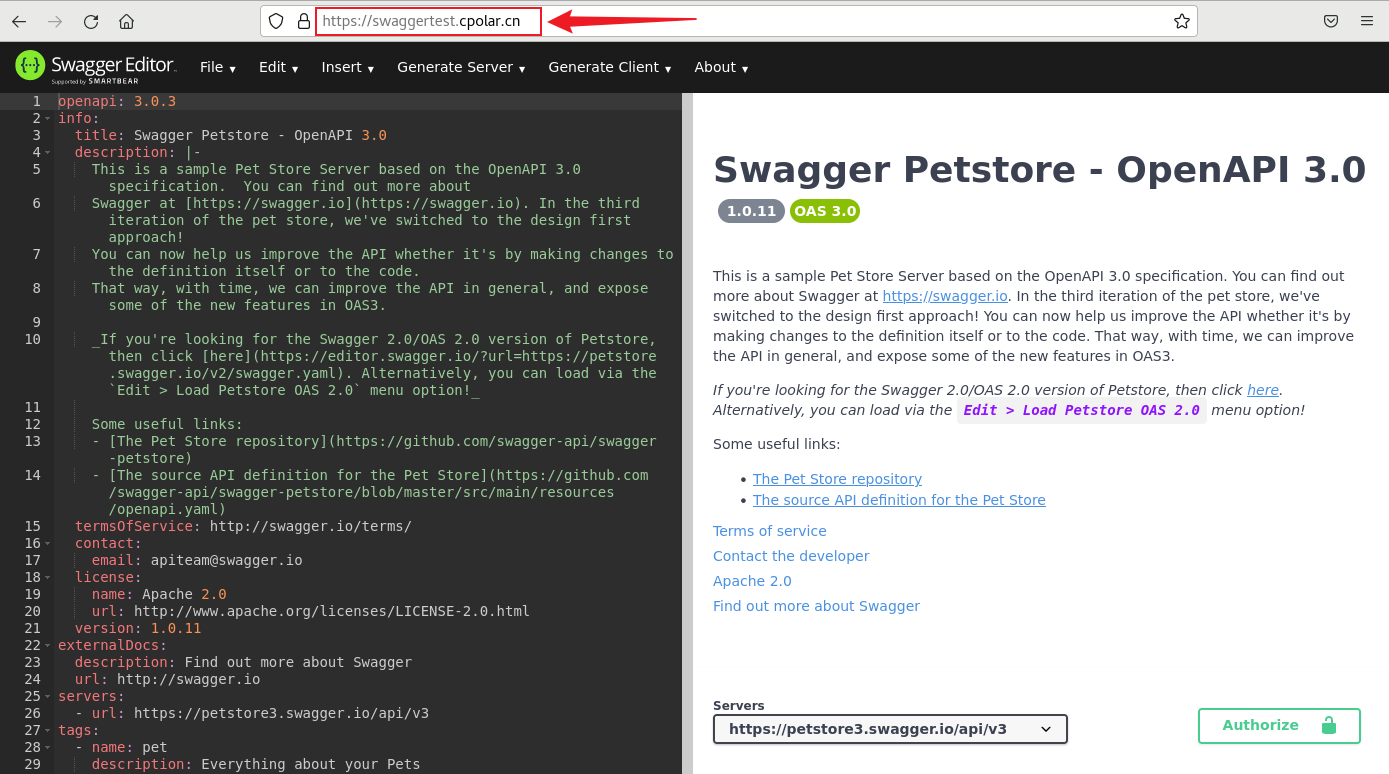
![[python]matplotlib](https://img-home.csdnimg.cn/images/20230724024159.png?origin_url=matplotlib_files%2Fmatplotlib_86_2.png&pos_id=img-dQqTqhVb-1704115208460)
